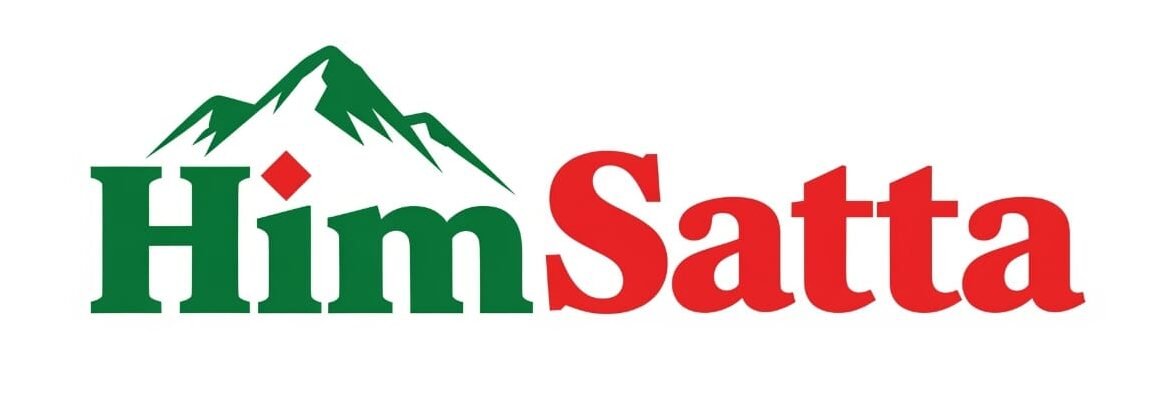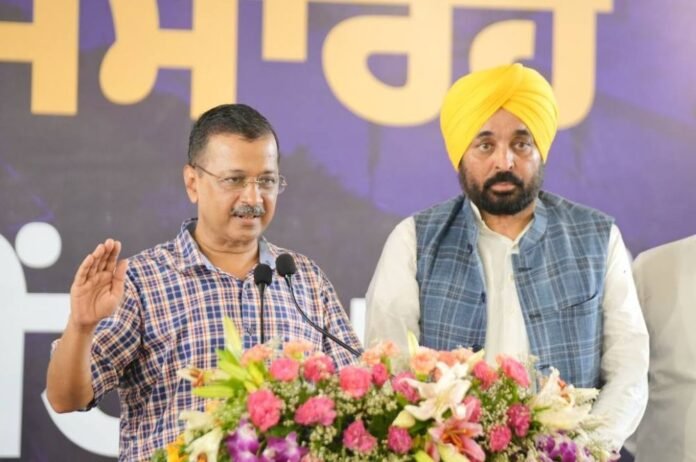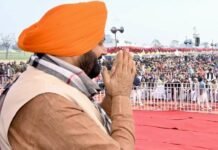Facing intensifying criticism from across the political aisle and farmer groups, the Aam Aadmi Party (AAP) launched a strategic digital media campaign to defend its contentious land pooling scheme. Branded as a “historic initiative” for inclusive urbanization and modern development, the campaign is seen as a desperate yet calculated attempt to change the narrative amid rising opposition.
Party leaders, legislators, and spokespersons flooded social media platforms with hashtags, infographics, and video testimonials claiming the scheme would empower farmers by turning them into shareholders of development rather than mere spectators. The digital blitz presented the policy as a win-win proposition, where farmers retain a portion of developed land and gain monetary benefits.
However, the online effort has met with both skepticism and backlash. Critics accuse the party of manufacturing consent through orchestrated messaging. A now-viral social media account, Tractor2Twitter, alleged that AAP’s campaign was centrally coordinated using toolkit-style directives, suggesting a lack of organic support. Screenshots showing similar tweet formats and pre-drafted content across accounts have raised questions about the authenticity of the campaign.
The digital divide between the government’s portrayal and ground realities has only deepened mistrust. While the government touts transparency and farmer empowerment, on-the-ground testimonies from villages targeted for pooling suggest otherwise—many claim lack of clarity, coercion, and inadequate compensation models.
Observers believe this communication strategy marks a pivotal moment in how governance is defended in the digital age. For AAP, this move signifies a shift from grassroots engagement to a high-tech defence mechanism. But unless accompanied by greater consultation and policy transparency, the digital defence may only intensify the ongoing public relations crisis.
This is a web generated news report.





